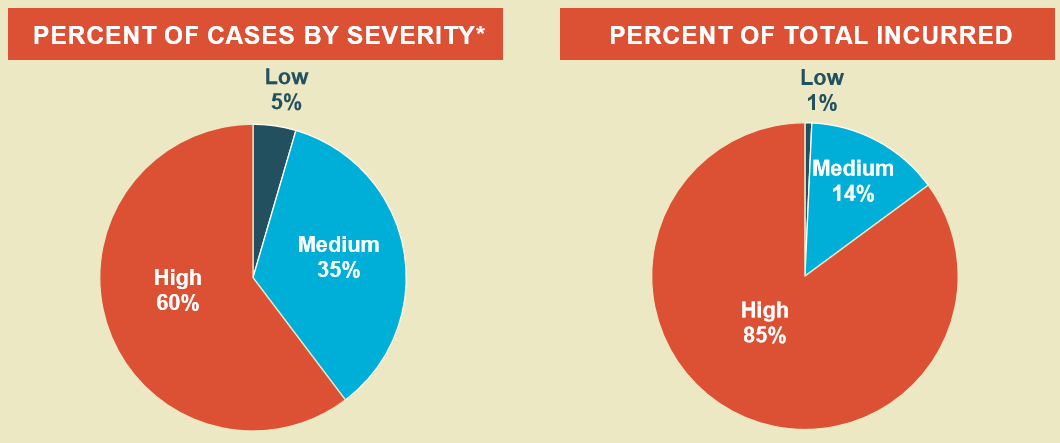
Pain management in the acute care setting (ED, Urgent Care, office) has once again catapulted to the top of the list of hot topics. Years ago the conversation centered on recognizing pain as a “fifth vital sign” and navigating the tricky crossroad of patient satisfaction and the provision of timely, sufficient pain medication. In the Emergency Department, I witnessed every extreme of practitioner and patient behavior.










